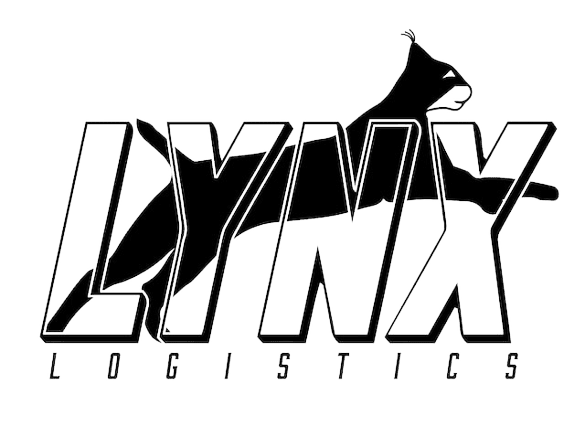Under Armour inventory ticks closer to normal as freight, supply costs fall

Posted on February 21st, 2024
The sportswear brand — finally — posted a decline in stock levels while executives said it has worked with vendors to lower product costs.
Under Armour’s journey to rightsized inventories has taken longer than many of its peers in the apparel space.
By Q3 of last year, Under Armour’s inventory was still up by about 6% YoY while rival Nike’s was down 10% and Lululemon’s was down 4.5%, according to an analysis by Telsey Advisory Group. Meanwhile, the inventories of many more other apparel brands were down by double digits.
As Under Armour struggled with lagging sales and persistently higher inventory — and with it, margin-eating price cuts — the company shuffled its c-suite, including around operations and supply chain. In June, the company announced the departure of then-COO Colin Browne. Months later it brought on Shawn Curran as chief supply chain officer.
Throughout its struggles, executives blamed an over-inventoried market overall. This time around, Under Armour management pointed to a light at the end of the tunnel on its earnings call.
“The market, we think, is coming back to normalization at this point — maybe a little bit longer to go, but pretty close,” Bergman said. “However, we are still seeing a fairly promotional environment out there, even with the inventory levels at the retailers in a lot better place.”
The company’s role as a supplier to retailers can also partly explain its struggles around inventory. Over the past nearly two years of lackluster demand, brands and suppliers have often been stuck with inventory overages longer than retailers, which were first to reel in their purchasing.
Retailers continue to be stingy about buying inventory, and Under Armour’s “meaningfully” (to use Bergman’s word) declining wholesale sales in the most recent quarter show it. The CFO added that, currently, “retailers are being fairly cautious and still really trying to keep clean after a year or two of obviously having more than they wanted.”
As for Under Armour’s own suppliers, executives hinted that they have given price concessions to the brand as it continues to struggle to rebuild its sales and profits.
Bergman said that the benefits from falling supply chain costs are “shifting a little bit more towards the product costing initiatives that we’re working on with our vendors.” The company expects to realize those cost benefits in its current quarter and into the next fiscal year, which begins in April.
Source: Supply Chain Dive.
Keep in Touch
Send a Message
Thank you for considering Lynx Logistics, LLC for your delivery and courier needs. Please fill out the form below and one of our representatives will contact you shortly to discuss your logistics requirements.
